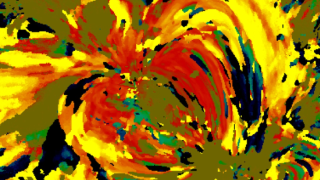Van Gogh Sun
More information, of course, requires more complex visualizations and occasionally such images are not just informative, but beautiful too.
Such is the case with a new technique created by Nicholeen Viall, a solar scientist at NASA's Goddard Space Flight Center in Greenbelt, Md. She creates images of the sun reminiscent of Van Gogh, with broad strokes of bright color splashed across a yellow background. But it's science, not art. The color of each pixel contains a wealth of information about the 12-hour history of cooling and heating at that particular spot on the sun. That heat history holds clues to the mechanisms that drive the temperature and movements of the sun's atmosphere, or corona.
To look at the corona from a fresh perspective, Viall created a new kind of picture, making use of the high resolution provided by NASA's Solar Dynamics Observatory (SDO). SDO's Atmospheric Imaging Assembly (AIA) provides images of the sun in 10 different wavelengths, each approximately corresponding to a single temperature of material. Therefore, when one looks at the wavelength of 171 angstroms, for example, one sees all the material in the sun's atmosphere that is a million degrees Kelvin. By looking at an area of the sun in different wavelengths, one can get a sense of how different swaths of material change temperature. If an area seems bright in a wavelength that shows a hotter temperature an hour before it becomes bright in a wavelength that shows a cooler temperature, one can gather information about how that region has changed over time.
Viall's images show a wealth of reds, oranges, and yellow, meaning that over a 12-hour period the material appear to be cooling. Obviously there must have been heating in the process as well, since the corona isn't on a one-way temperature slide down to zero degrees. Any kind of steady heating throughout the corona would have shown up in Viall's images, so she concludes that the heating must be quick and impulsive — so fast that it doesn't show up in her images. This lends credence to those theories that say numerous nanobursts of energy help heat the corona.
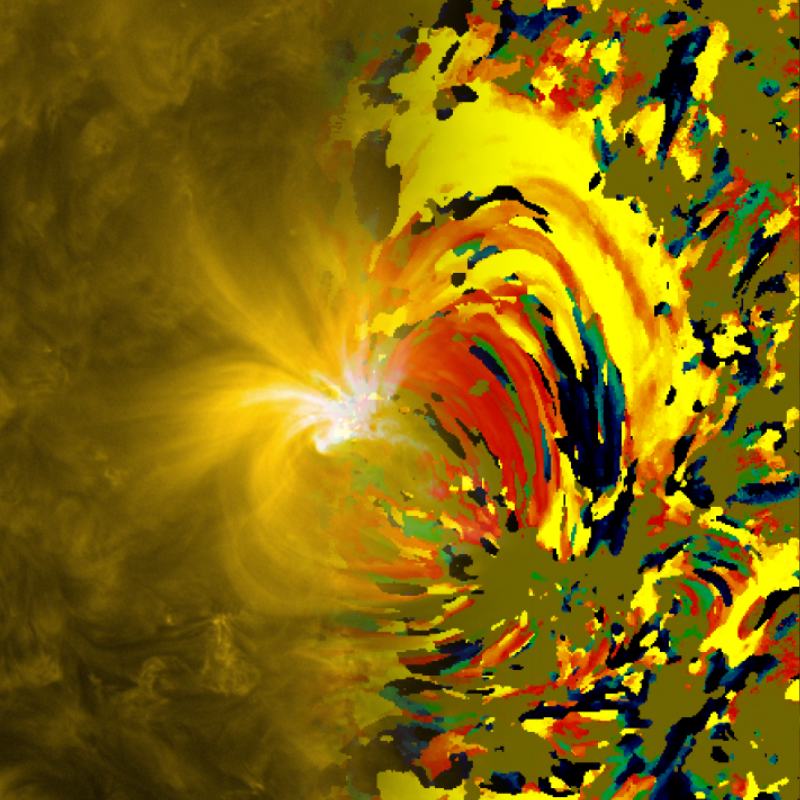

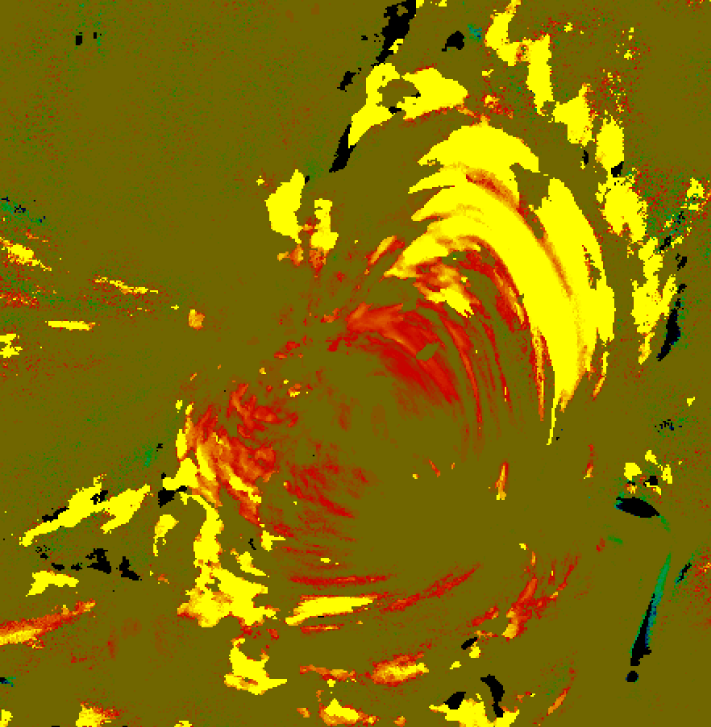
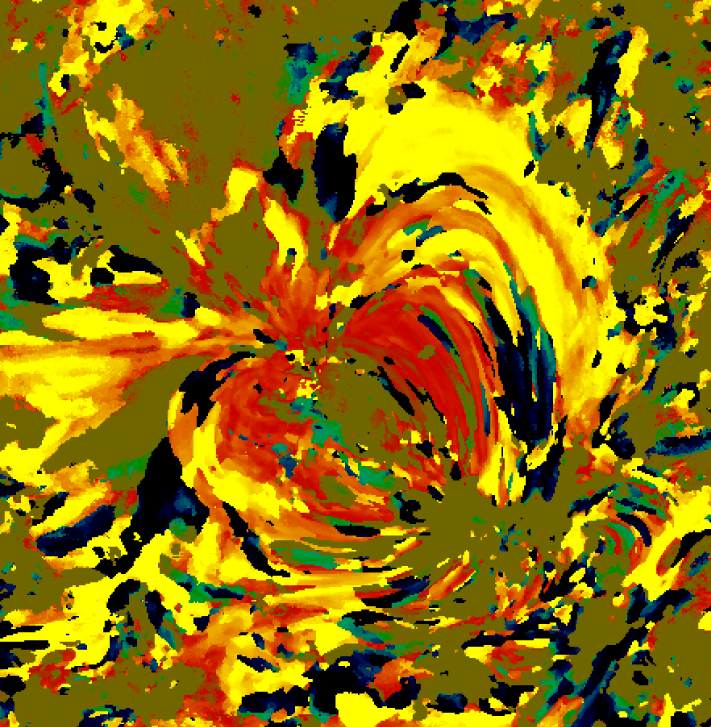
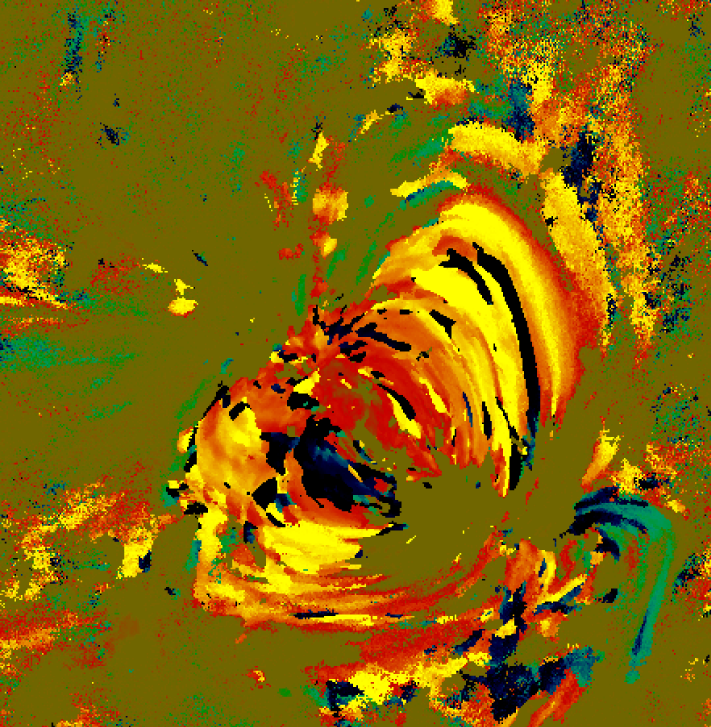


Source Material
Related
For More Information
Credits
Scott Wiessinger (USRA): Video Editor
Scott Wiessinger (USRA): Narrator
Nicholeen Viall (NASA/GSFC): Narrator
Scott Wiessinger (USRA): Producer
Nicholeen Viall (NASA/GSFC): Scientist
Scott Wiessinger (USRA): Writer
Karen Fox (ADNET Systems, Inc.): Writer
NASA/Goddard Space Flight Center/SDO. However, individual images should be credited as indicated above.
http://iopscience.iop.org/0004-637X/753/1/35/
Short URL to share this page:
https://svs.gsfc.nasa.gov/11046
Mission:
SDO
Data Used:
SDO/AIA/211 Filter also referred to as: AIA 211
JOINT SCIENCE OPERATIONS CENTERSDO/AIA/193 Filter also referred to as: AIA 193
JOINT SCIENCE OPERATIONS CENTERSDO/AIA/171 Filter also referred to as: AIA 171
JOINT SCIENCE OPERATIONS CENTERSDO/AIA/131 Filter also referred to as: AIA 131
JOINT SCIENCE OPERATIONS CENTERThis item is part of these series:
Narrated Movies
SDO - Edited Features
Solar Snapshots
Goddard TV Tape:
G2012-068 -- Impressionist Sun
Keywords:
SVS >> HDTV
SVS >> Music
GCMD >> Earth Science >> Sun-earth Interactions >> Solar Activity >> Solar Flares
GCMD >> Earth Science >> Sun-earth Interactions >> Solar Activity >> Solar Ultraviolet
SVS >> SDO
SVS >> Edited Feature
SVS >> Solar Dynamics Observatory
SVS >> Heliophysics
DLESE >> Narrated
SVS >> Corona
NASA Science >> Sun
SVS >> Extreme Ultraviolet Imaging
SVS >> EUV Imaging
GCMD keywords can be found on the Internet with the following citation: Olsen, L.M., G. Major, K. Shein, J. Scialdone, S. Ritz, T. Stevens, M. Morahan, A. Aleman, R. Vogel, S. Leicester, H. Weir, M. Meaux, S. Grebas, C.Solomon, M. Holland, T. Northcutt, R. A. Restrepo, R. Bilodeau, 2013. NASA/Global Change Master Directory (GCMD) Earth Science Keywords. Version 8.0.0.0.0

